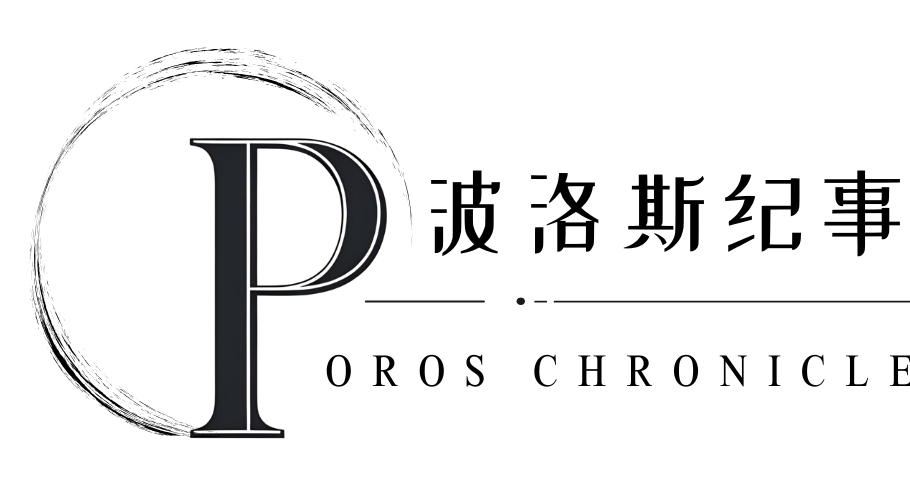On October 23, Harvard University released data for the Class of 2029 (entering in Fall 2025), revealing that Asian Americans make up 41% of the incoming class — a 4-percentage-point increase from 37% in the Class of 2028. This change comes after the 2023 U.S. Supreme Court ruling that banned the use of race-based affirmative action in college admissions, prompting Harvard to adopt a “race-neutral” admissions policy. However, the rise in Asian enrollment — accompanied by a decline in the proportions of Black and Hispanic students — has reignited fierce debate over admissions fairness and whether “hidden discrimination” or “quota adjustments” against Asian Americans still exist. Within the Chinese American community in particular, the numbers are viewed both as progress and as a source of concern about long-term equity.
According to Harvard’s official report, among students who voluntarily reported their race, Asian Americans make up 41% of the Class of 2029, while the share of Black students dropped from 14% to 11.5%, and Hispanics from 16% to 11%. White students remain around 35%. Meanwhile, 8% of students chose not to report their race — an increase that could complicate data interpretation. Harvard did not break down the Asian category further, but historical data suggest that Chinese Americans typically represent the largest subgroup, about 30–40% of all Asian students. The rise in the Asian share continues the post-2023 trend: 29.9% in the Class of 2027, 37% in the Class of 2028, and now 41% in the Class of 2029.
In June 2023, the Supreme Court ruled in Students for Fair Admissions v. Harvard that race-based admissions practices were unconstitutional. This decision forced Harvard and other elite universities to revise their processes, removing explicit racial considerations and relying instead on standardized test scores, personal essays, extracurricular activities, and geographic diversity. Harvard’s admissions office stated that the new class “reflects a balance of diversity and academic excellence,” noting an 83% overall yield rate and 90% international representation. Critics, however, argue that the simultaneous rise in Asian enrollment and decline in Black and Hispanic representation could indicate that informal racial balancing still exists within the supposedly “race-neutral” system.
The Chinese American community’s response has been mixed. On X (formerly Twitter), the topic quickly trended under the hashtag #HarvardAdmissions. Advocacy groups such as Students for Fair Admissions (SFFA) hailed the higher Asian representation as a victory, calling it proof that a merit-based, race-neutral policy can produce fairness. Edward Blum, SFFA’s founder, stated, “This marks an important step toward admissions based on individual merit rather than race.” Yet some Chinese parents and students remain concerned that the 41% share still underrepresents Asian students’ actual competitiveness. Ms. Li, a member of the Asian American Coalition for Education (AACE), commented, “We worry that Harvard may now be limiting Asian admissions indirectly through personal essay evaluations or geographic distribution — an invisible ceiling.”
On the other hand, the decline in Black and Hispanic enrollment has raised new equity concerns. Professor Zhang, a researcher at an education equity think tank, noted: “The rise in Asian representation may reflect the reinstatement of standardized tests like the SAT, which benefit Asian applicants. But the drop among Black and Hispanic students raises questions about whether the new system unintentionally disadvantages underrepresented groups.” Harvard denies the existence of quotas or discrimination, asserting that admissions decisions are based on holistic review. However, The New York Times reported that some analyses suggest Harvard may still indirectly shape racial composition through “personality scores” or legacy preferences.
For the Chinese American community, these figures carry deep significance. Chinese American students have long faced allegations of admissions bias, and the 2023 ruling was seen as a milestone in correcting historical injustice. Still, the 41% figure has not ended controversy. Some community leaders worry that higher Asian representation could reinforce “model minority” stereotypes or provoke anti-Asian backlash, especially amid heightened social divisions following the 2024 presidential election. “We want fairness,” said Mr. Wang, a Chinese parent in Boston, “but we also fear our children could be labeled and become collateral in political debates.”
Similar trends appear across other Ivy League schools: Yale’s Class of 2029 is 38% Asian, Princeton’s 39%, both higher than last year, while Black representation declined across the board. Harvard admissions dean William Fitzsimmons stated that the university would continue refining its process to ensure both diversity and fairness.
